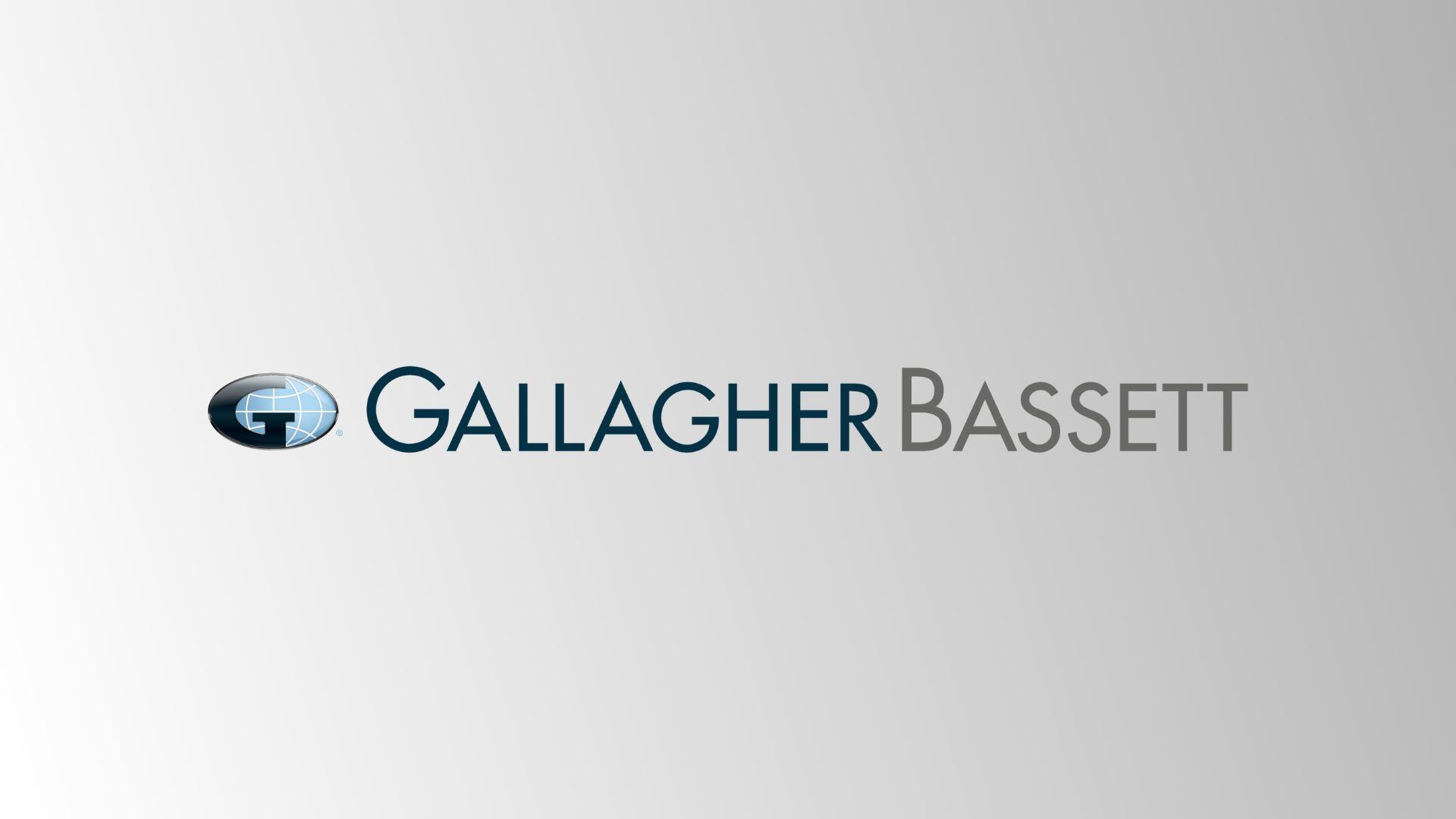Dealing with Workplace Bullying

From cafes to corporate offices - bullying in the workplace can occur across all industries. Anyone can be affected by bullying, which can manifest as verbal, physical, or emotional abuse by employers or co-workers.
So what does bullying in the workplace look like?
- repeated hurtful remarks either about an employee as a person or their work
- sexual harassment
- exclusion from related work activities
- pointless or impossible tasks
- deliberate change in hours to make it harder for an employee
- deliberately withholding information an employee needs
- threats or physical aggression (pushing, shoving or grabbing an employee)
Some instances that are not considered workplace bullying include a single incident of unreasonable behaviour, differences of opinion or disagreements, fair disciplinary action or fair dismissal based on poor performance. However, these instances might escalate and should not be ignored.
Bullying can indirectly create costs to your company. In workplaces with bullying, employee morale and motivation are lower resulting in high staff turnover which increases recruitment and training costs. Employees might experience lack of confidence, feelings of anxiety around their job and increased absenteeism which disrupts productivity and can lead to mental illness. The annual cost of the burden of serious mental illness, including addiction, in New Zealand is an estimated $12 billion or 5% of gross domestic product. In addition, there are costs associated with workers’ compensation claims, legal action and providing support.
As an OHS or HR manager, there are some precautions that can reduce the presence of bullying in the workplace:
- Understand what bullying looks like - inform all your staff of what you expect of them, and encourage staff to come forward with problems.
- Promote a positive workplace culture – lead by example. Provide clear directions for reporting allegations and prohibit retaliation against those who do complain.
- Provide training to both supervisors and employees – policies need to be understood and enforced. Supervisors should learn how to investigate claims, maintain privacy and appropriately discipline the offenders. Any inappropriate behaviours should be handled appropriately by supervisors before they escalate.
- Focus on job performance – in order to avoid comments being misconstrued, train your managers and supervisors to provide appropriate and constructive criticism.
- Investigate complaints promptly - don’t ignore direct complaints and take immediate action. Keep complaints confidential and treat them seriously and quickly.
In order to keep your stress claims down, consider bullying and mental health management in your workplace. If you would like to have a discussion with GB about what action plans are available to improve the mental health and wellbeing of your workplace, contact us today.
Author


